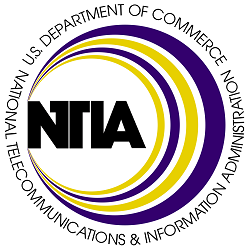Post Election Broadband Redux
Now that the election has been settled, many in the broadband space are wondering what, if anything, will change with the incoming Trump administration.
Of course no one has a crystal ball, but there are a number of telecommunication policy developments we will be tracking, which include numerous fronts where there will likely be changes.
What those changes will be exactly will only become apparent sometime next year.
BEAD and DEA
The BEAD (Broadband Equity, Access, and Deployment) program and Digital Equity Act (DEA) programs are at the center of the universe in the national effort to ensure everyone has high-speed access to the Internet.

However, in the run-up to the election, GOP leaders were highly critical of the BEAD program, saying it was taking too long to dispense funds to build new networks, questioned the NTIA favoring the building of fiber networks, and criticized aspects of the effort they consider to be a waste of taxpayer dollars.




